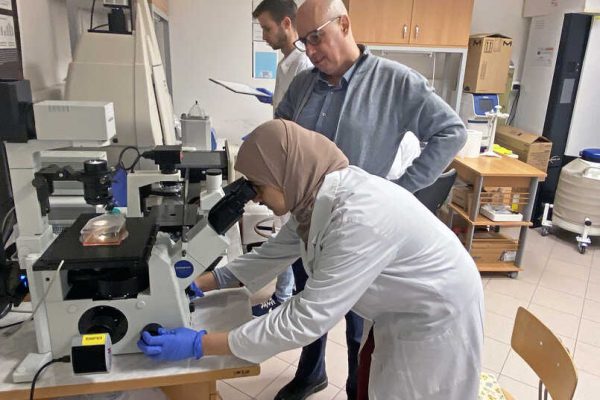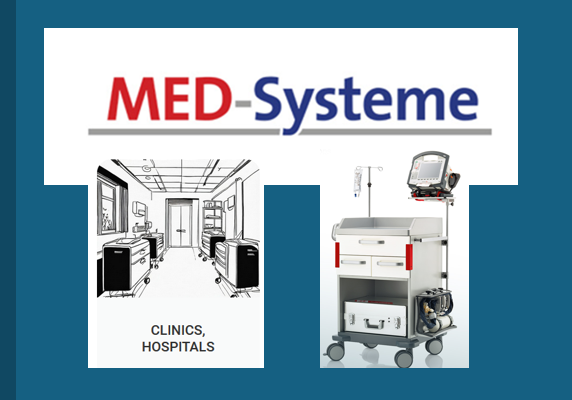As szeretlekmagyarorszag.hu reports, researchers of University of Szeged (SZTE) have developed a defibrillator for patients suffering from epilepsy. The device uses just the right amount of electrical energy to stop epileptic attacks. It goes off only at the right time, and it adjusts to the dynamics of the illness.
There are many reasons why Szeged is one of the most famous cities in Hungary. It is not only exciting and beautiful, but it also has an excellent university, the University of Szeged. This institute has high-quality education in the field of medicine. As we previously reported, in 2017 SZTE has gained 68.7 million euros benefit from the Hungarian government. They improved their health care services and education infrastructure. 2018 also seems to be a year of success at this university!
Defibrillator in the brain? Whose idea is it?
Antal Berényi is a lecturer of the Department of Physiology, Faculty of Medicine. He leads the Lendület Programme of the Hungarian Academy of Sciences and SZTE’s Oscillatory Neural Network Research Group. It aims to develop a new therapy procedure for patients with epilepsy, for whom medicine treatments do not work.
The main idea of the programme is that the defibrillator uses just the right amount of electrical energy to stop the attack. It goes off only at the right time.
How does the defibrillator work?
Nature Communications, a prestigious newspaper, presented the world-class result of the five-year-long interdisciplinary work. The device works similarly to a pacemaker. According to the central idea, a lot of impulses reach the head in multiple places. When they follow each other with the right speed, nerve cells unite them into one stimulation. This way the side-effect is scattered by the scalp or the electrodes under it, but the effect inside of the brain is added up, so it stimulates the nerve cells.
Why is the method useful?
Zsigmond Tamás Kincses, a doctor of the SZTE Department of Neurology, explained that the formation of an epileptic attack cannot be shown beforehand.
For one-third of the patients suffering from neuropsychological pathographies, like depression or epilepsy, medical treatment is not sufficient. This new method influences the brain only when it is the right time. It also adjusts to the dynamics of the illness; this is why it is so modern.
When will the programme start?
According to www.u-szeged.hu, engineers have already started to create a prototype within the frameworks of a business research-developing project. The National Research, Development and Innovation Office sponsors the programme. An implantable prototype is going to be created by 2020.
Plans for the future
Antal Berényi is now concentrating on this research. His plans for the next five years, however, contain developing a similar process for depression and post-traumatic stress disease. As a post-doctor, he studied in the United States. His mentor was the famous György Buzsáki. Coming back to Hungary, Berényi developed Hannibal’s attitude: “I shall either find a way or make one.”
Source: dailynewshungary.com












